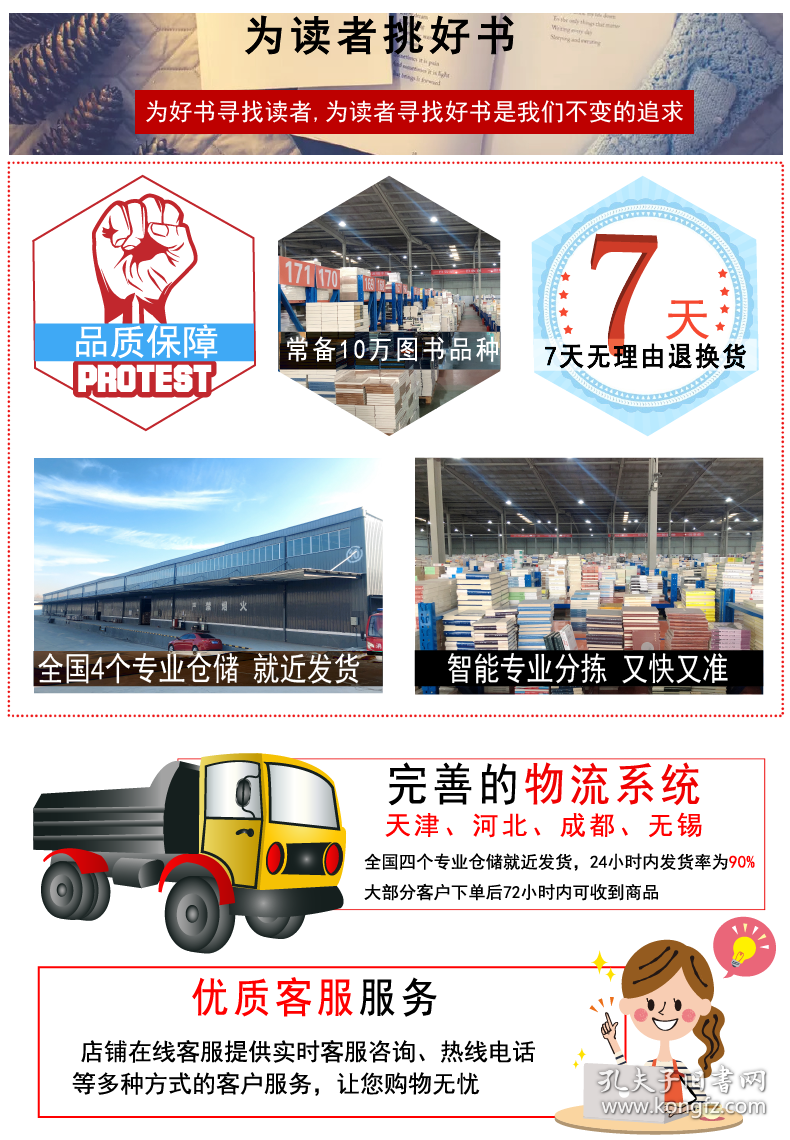
流体力学通论 基础科学 刘沛清 编
新华书店全新正版书籍 支持7天无理由
¥ 210.15 7.1折 ¥ 298 全新
库存2件
北京丰台
认证卖家担保交易快速发货售后保障
作者刘沛清 编
出版社科学出版社
ISBN9787030673787
出版时间2021-05
版次1
装帧平装
开本16
定价298元
货号xhwx_1202351538
上书时间2024-09-21
- 在售商品 暂无
- 平均发货时间 27小时
- 好评率 暂无
- 最新上架
商品详情
- 品相描述:全新
- 正版特价新书
- 商品描述
-
目录:
1 foundation of fluid mechanics 1
1.1 bination of early development of fluid dynamics with calculus 1
1.2 methods of describing fluid motion 6
1.3 establishment and application of differential equations for ideal fluid motion 13
1.4 differential equation of viscous fluid motion and vortex transport equation 26
1.5 establishment and application of boundary layer theory 32
1.6 laminar flow transition phenomenon and stability theory 39
1.7 turbulence phenomenon and its characteristics 44
1.8 statistical theory of turbulence 51
1.9 engineering turbulence theory 57
1.10 turbulence model 61
1.11 turbulence advanced numerical simulation technology 67
1.12 multi-scale discussions of turbulent eddies 69
2 aerodynamics 79
2.1 development of aerodynamics 79
2.2 low-speed airfoil flow 84
2.3 development and influence mechanism of boundary layer near airfoil surface 97
2.4 low-speed flowaround wing 108
2.5 basic theory of pressible flow 117
2.6 solution of pressible flow 135
2.7 hypersonic aerodynamics 138
2.8 principle of aeroacoustics 144
2.9 stall characteristics of low-speed airfoil and wing 153
2.10 interaction between shock wave and boundary layer in supersonic flow 161
2.11 the lea role of aerodynamics in the development of modern aircraft 171
3 hydrodynamics 175
3.1 development of hydrodynamics 175
3.2 liquid motion 180
3.2.1 ideal liquid motion 180
3.2.2 viscous liquid motion 180
3.2.3 cavitation and cavitation erosion 181
3.2.4 multiphase flow 181
3.2.5 non-newtonian fluid flow 182
3.2.6 non pressure flow(open flow) 183
3.2.7 pressure flow 183
3.2.8 flow induced vibration(hydroelastic problem) 184
3.3 one-dimensional flow theory and mechanical energy loss 184
3.3.1 theory of one-dimensional flow 184
3.3.2 mechanical energy loss 187
3.4 steady flow along a pressure pipeline 192
3.4.1 simple pipe flow 192
3.4.2 water pump system 194
3.4.3 water turbine system 196
3.5 steady flowin open channel 197
3.5.10 verview 197
3.5.2 steady uniform flow in open channel 199
3.5.3 steady nonuniform gradually varied flow 201
3.5.4 water surface curves for the steady gradually varied flow 206
3.5.5 rapidly varied flow in the open channel 208
3.6 unsteady flow in a pressure pipeline 228
3.6.1 overview 228
3.6.2 basic equation of one-dimensional unsteady flow 231
3.6.3water hammer and its governing equations 233
3.6.4 water oscillating flow 236
3.7 unsteady gradually varied flow in open channel 238
3.7.1 overview 238
3.7.2 differential equation of unsteady gradually varied flow 239
3.8 fundamentals of water wave hydrodynamics 242
3.8.1 overview 242
3.8.2 basic characteristics of wave motion 245
3.8.3 types of waves 248
3.8.4 linear wave theory(micro amplitude wave theory) 252
3.8.5 wave with finite amplitude 264
3.8.6 solitarywave 275
3.9 applications in hydraulics 282
3.9.1 water resources and hydropower engineering 282
3.9.2 ship engineering 284
3.9.3 lubrication and hydraulic transmission 286
3.9.4 marine and coastal engineering 288
4 putational fluid dynamics 297
4.1 derivation of putational fluid dynamics 297
4.2 discrete techniques and iterative methods 300
4.3 application of putational fluid dynamics 304
4.3.1 numerical solution of low velociry flow 304
4.3.2 numerical solution of transonic flow 309
4.3.3 numerical solution of supersonic flow 310
4.4 mer sof tware for putational fluid dynamics 312
4.5 numerical simulation of flow field for a large aal flow fan 316
4.5.1 problem description 316
4.5.2 the physical model316
4.5.3mesh generation and boundary conditions 317
4.5.4 results 318
4.6 numerical simulation of flow-field in a large lowspeed closed-circuit aeroacoustics wind tunnel 321
4.6.1 problem description 321
4.6.2 the physical model 323
4.6.3 mesh generation and boundary conditions 325
4.6.4 results 325
5 experimental fluid mechanics 333
5.1 classical fluid mechanics experiment 333
5.2 similarity principle 339
5.3 application of similarity theory 344
5.4 flow visualization measurement technique 349
5.5 flow velocimetry technique 361
5.6 experimental measurement method for dynamic forces 369
5.7 test erroranalysis 373
6 wind and water tunnel equipment 381
6.1 development of wind tunnel equipment 381
6.2 wind tunnei type 386
6.3 low-speed wind tunnel 392
6.4 introduction to typical low-speed wind tunnels 401
6.5 supersonic wind tunnel 417
6.6 transonic wind tunnel 420
6.7 hypersonic wind tunnel 431
6.8 variable density wind tunnel 436
6.9 water tunnel(or channel) equipment 441
7 flight mystery and aerodynamic principles 445
7.1 flyingfantasy 445
7.2 exploratory cognition of flight 450
7.3 rapid development of aircraft 454
7.4 flight principle 460
7.5 wing shape and aerodynamic coeffiaent 476
7.6 supercriticaiwing 484
7.7 winglet 495
7.8 slenderfuselage 498
7.9 moment in stable flight and tail 501
7.10 demand of aircraft power(engine) 507
7.11 high-lift device of an aircraft 514
7.12 aircraft lan gear 527
7.13 aircraft aerodynamic noise 537
7.14 supersonicaircraft 548
7.15 drag reduction technology for large transport aircraft 555
8 introduction to celebrities in fluid mechanics 581
8.1 archimedes(287-212 b.c.) 581
8.2 leonardo da vinci(1451-1519) 582
8.3 galileo(1564-1642) 583
8.4 pascal(1623-1662) 585
8.5 newton(1643-1727) 586
8.6 leibniz(1646-1716) 587
8.7 bernoulli(1700-1782) 588
8.8 euler(1707-1783) 589
8.9 dalembert(1717-1783) 590
8.10 lagrange(1736-1813) 591
8.11 lace(1749-1827) 592
8.12 kelly(1773-1857) 593
8.13 gauss(1777-1855) 594
8.14 poisson(1781-1840) 596
8.15 navier(1785-1836) 597
8.16 cauchy(1789-1857) 598
8.17 saint-venant(1797-1886) 600
8.18 poiseuille(1799-1869) 601
8.19 darcy(1803-1858) 602
8.20 froude(1810-1879) 603
8.21 stokes(1819-1903) 604
8.22 helmholtz(1821-1894) 604
8.23 kelvin(1824-1907) 606
8.24 riemann(1826-1866) 607
8.25 langley(1834-1906) 609
8.26 mach(1838-1916) 610
8.27 reynolds(1842-1912)
8.28 rayleigh(1842-1919) 612
8.29 boussinesq(1842-1929) 613
8.30 laval(1845-1913) 614
8.31 joukowski(1847-1921) 615
8.32 lilienthal(1848-1996) 616
8.33 lamb(1849-1934) 617
8.34 lorentz(1853-1928) 618
8.35 the wright brothers(1867-1912,1871-1948) 620
8.36 lanchester(1868-1946) 621
8.37 prandtl(1875-1953) 622
8.38 karman(1881-1963) 622
8.39 taylor(1886-1975) 624
8.40 zhou peiyuan(1902-1993) 625
8.41 kolmogorov(1903-1987) 626
8.42 whittle(1907-1996) 628
8.43 schlichting(1907-1982) 629
8.44 landau(1908-1968) 630
8.45 guo yonghuai(1909-1968) 631
8.46 qian xuesen(1911-2009) 632
8.47 lu shijia(1911-1986) 634
8.48 shen yuan(1916-2004) 636
8.49 batchelor(1920-2000) 636
8.50 whitb(1921-2009) 637
8.51 lighthi11(1924-1998) 638
8.52 zhuang fenggan(1925-2010) 639
bibliography 643
内容简介:
本书是为我国航空航天工程大类专业“”课程编撰的教材,分基础和应用两大部分,重点阐述的基本与方法,以及飞行器在低速、亚声速、跨声速、超声速绕流下空气动力特全书共分14章。其中,基础7章,包括流体运动学和动力学,理想流体运动微分方程组(欧拉方程组)以及旋涡运动,理想不可压缩流体面势流理论和奇点叠加,粘流体力学运动微分方程组(纳维斯托克斯方程组)及其特,边界层理论及其分离,可压缩基础;应用共7章,包括低速翼型绕流现象和薄翼理论,低速机翼绕流和升力线理论,翼身组合体低速绕流现象和干扰机理,亚声速翼型和机翼绕流气动特,超声速翼型和机翼绕流气动特,跨声速翼型和机翼绕流气动特,大型飞机高升力装置气动特。
— 没有更多了 —
















以下为对购买帮助不大的评价